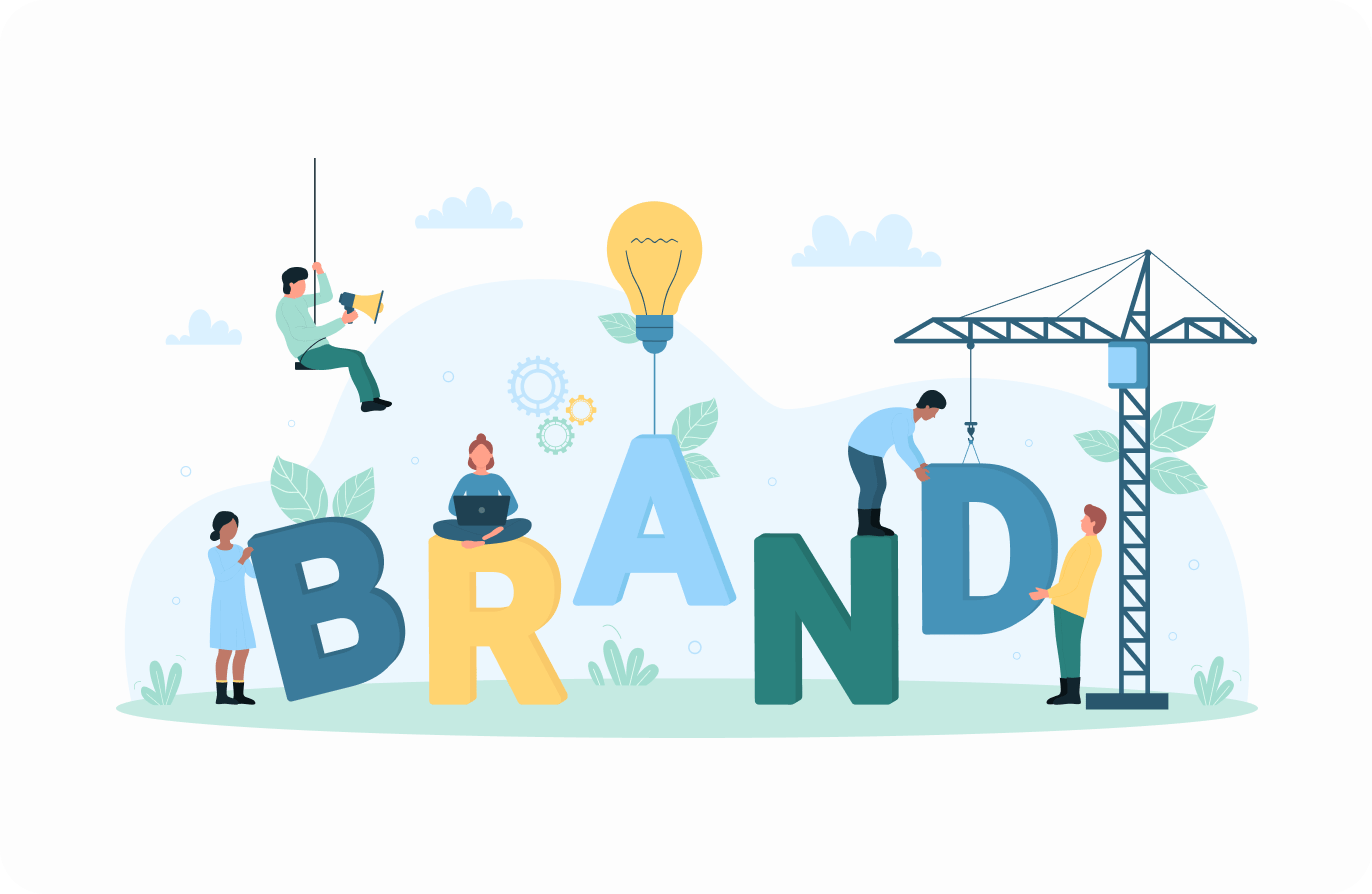Let’s delve into the world of brand equity. Let us start with a quick definition, brand equity is the value that a brand has in the eyes of the consumer. In other words, it is built upon the accumulation of what the consumers have seen, heard, felt, and learned about a brand. In this essay, I’ll guide you through the A to Z of brand equity, covering the pivotal brand elements that build your brand personality and the correlated marketing initiatives.
Selecting the right brand elements is fundamental in the journey to build equity. So, what exactly are brand elements? They encompass slogans, URLs, logos, jingles, packaging, and more. These are the facets that bring your brand into the limelight, fostering widespread recognition. They transform the unknown into the known.
However, for these elements to perform optimally, they must meet specific vital criteria. Otherwise, your brand risks blending into the sea of mediocrity, which is far from ideal. These criteria encompass:
- Memorability: The brand element should be easily recalled and recognized.
- Meaningfulness: It should hold a descriptive quality that compels memorability.
- Likability: The element should be engaging, visually appealing, and enjoyable. After all, what purpose does it serve if it isn’t?
- Transferability: This is crucial. Your brand elements should seamlessly extend across various products and regions. They shouldn’t be confined to a specific locale or product category, as expansion hinges on this versatility.
- Adaptability: Similarly, the element should withstand the test of time, exhibiting a timeless quality. The more adaptable and flexible it is, the easier it is to update. Outdated brand elements are a no-go.
- Protectability: The element should be legally safeguarded internationally, and duly registered with the appropriate legal bodies. Additionally, competitive protectability is a factor to consider. If it’s too easily replicated, the brand’s uniqueness could diminish.
Consider Disney as a prime example. When “Disney” is mentioned, what springs to mind? Iconic characters like Mickey Mouse and Winnie the Pooh, enchanting fairy tales, cherished classics like Cinderella and The Little Mermaid, and the enchantment of musicals. The unforgettable logo, the essence of magic and fantasy, and the enchanting Disney Parks all play their part. Disney’s brand equity rests on the robust brand personality and brand identity crafted from these elements. They’re permanently engraved in our minds, transcending age barriers. This illustrates the formidable power of potent brand elements, solidifying brand equity to such an extent that even if you haven’t watched a Disney movie in ages, the connection stands.
Now, let’s shift focus to our second point: designing the correlated marketing initiatives that foster brand equity. Marketing activities include advertising, content marketing, pricing strategies, communication tactics and more. These activities all play a role in the building or eroding your brand’s equity.
For them to fortify your brand equity, they should be inline with the brand elements you have previously identified. Don’t let your marketing activities send a different message than your brand image.
For instance, envision Disney releasing a horror film. The dissonance between the dark themes of horror and the cherished fairy tale world of Disney would likely lead to significant backlash, potentially eroding brand equity. Let us be real here, Disney is the farthest thing from having a scary and dark brand personality.
Rebuilding brand equity once lost is a hard task. So, how can you develop marketing activities that build brand equity? The key lies in personalization. With each marketing activity you put out should be based on experimental and relationship marketing. By using these techniques customers will feel more connected to your brand, thus increasing your brand equity. Let us dive into each one for further understanding.
The first marketing technique that helps you build brand equity is experimental marketing. It involves more than just showcasing the product’s features. It’s about selling an experience, evoking emotions, and painting a vivid picture of how the consumer will feel when they engage with the product. When you sell people an experience rather than a product consumers will feel more attached to this product, it will mean more to them compared to other products, hence enriching your equity.
Let us take the Barbie movie as an example. They did not just sell you the movie ticket, they sold you the whole Barbie experience. Movie theaters were Barbie themed, Barbie merch was released, everyone was wearing pink, everyone had their songs memorized, and most importantly everyone was excited to be a part of the experience. Their marketing efforts were very effective and they were able to evoke positive emotions towards their brand thus increasing their equity. Pretty iconic isn’t it?
The second marketing technique is relationship marketing. It involves actions that enhance and expand how consumers feel about and interact with the brand. Put simply
This means that your job is not over after you’ve sold your product. Reach out to consumers, and make sure they’re comfortable using it and they have learned how. This will strengthen your customer’s loyalty thus increasing your brand equity as well. By adopting these strategies, you’ll be well on your way to the solidification of your brand equity.
This means that your job is not over after you’ve sold your product. Reach out to consumers, and make sure they’re comfortable using it and they have learned how. This will strengthen your customer’s loyalty thus increasing your brand equity as well. By adopting these strategies, you’ll be well on your way to the solidification of your brand equity.
Let’s take Airbnb as an example, they do not just settle for renting you an apartment, they personalize the whole experience based on your preference. They study the places you visit often, the homes you look at, and in which areas, and they recommend similar ones. Moreover, they ask you for your rating and review because they care about your opinion. All of these efforts are catered towards building a strong and lasting relationship between the customer and the brand, which will ultimately increase brand equity
Conclusively, brand equity is built upon all the elements, marketing activities, and techniques a brand uses. Think of it as the glue that holds you and your customer together. The stronger the glue the stronger the relationship and loyalty. It is true that building this equity takes time and a lot of effort, but trust me it’s worth it. There is no better feeling than having your brand on the top of everyone’s mind. Once you have it built, make sure you maintain it. Stay consistent with your brand image, have your marketing campaigns reflect your brand personality, and do not change your brand elements drastically. Otherwise, not even I can save you from the horrors.

